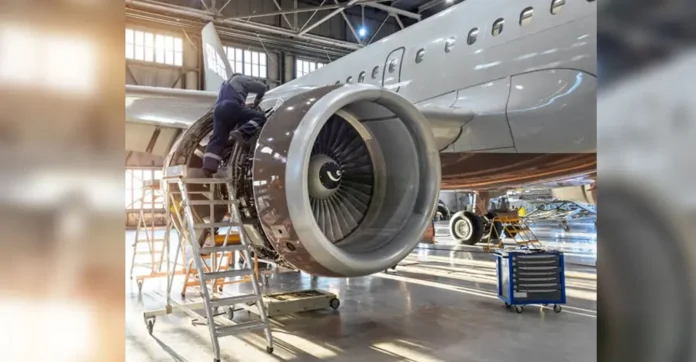
The group chairman of Sky One adds that being a lessee market, the country needs to have stronger leasing standards.
India’s commercial aircraft leasing market is experiencing steady growth, driven by increasing air travel demand, expanding airline operations, and the pursuit of financially viable leasing solutions. One notable development is the growing popularity of operating leases, which offer airlines more flexibility and reduced initial investment compared to outright purchases. Airlines are also showing a strong preference for modern, fuel-efficient aircraft to reduce operating expenses and align with evolving environmental goals. Additionally, there is a notable shift toward leasing smaller aircraft, particularly regional and narrow-body jets, to serve domestic and short-haul routes better.
“The Government of India has recently come up with some favourable policy decisions like the Protection of Interest, which are real catalysts to ease leasing processes further and make India a more attractive destination for aviation investments. The bill will improve the country’s compliance scores under the Cape Town Convention. It will also help in establishing a more reliable legal framework, which can give lessors greater confidence and help ensure that leasing costs for Indian airlines stay in line with global standards,” says Jaideep Mirchandani, group chairman of Sky One.
India, being predominantly a lessee’s market where most carriers lease aircraft from overseas lessors, is important for lessees to draw up strategic plans for better aircraft lease management, says Mr Mirchandani. He adds, “A lessor, before leasing an aircraft to an airline, will focus on checks related to the airline’s ability to repay the lease costs, the credit rating of the airline, existing fleet age, history of relationships with MROs as well as previous lessors. It will also look into the political, economic, and regulatory frameworks existing in the country before entering into a contract.”
From the lessee’s point of view, apart from lease basics and terms and conditions, one of the key focus areas should be managing operational risks. “A strong operational risk management plan should be placed at the centre of their leasing strategy. They must ensure that the aircraft is maintained following the lease agreement and regulatory requirements,” says Mr Mirchandani.
He emphasises the need for a comprehensive lease management system to ensure passenger safety. Regular maintenance checks should be conducted to verify that the aircraft is operating at optimal levels and to prevent potential safety concerns. “These can include routine inspections, engine assessments, and necessary repairs. The maintenance schedule, based on the manufacturer’s guidelines, should be part of the lease agreement, and steps should be taken to ensure it is followed on time,” concludes Mr Mirchandani.





